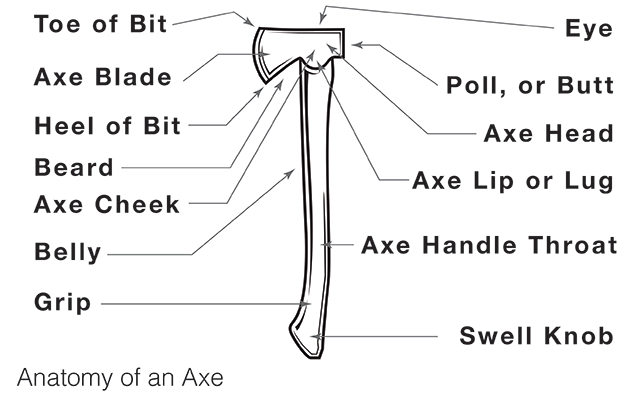The last few years has been a great time for axes and tomahawks. What do we mean “great time for axes and tomahawks”? Well, we mean this…There has been a re-discovery and renewed interest in this family of edged tools and their utter practicality for outdoor use by a new generation of users. Additionally, the availability and variety of the high grade axes and tomahawks seems to be at an all time high. Axe and tomahawk offerings from boutique brands, custom makers, to large production brands all have stepped up their game to meet, and also in some instances, create demand.
The availability and variety of the high grade axes and tomahawks seems to be at an all time high.
The “axe”; this edged tool in its first “stone age” form was being used over 1.5 million years ago. The axe with some type of handle or “hafted”, first made its appearance around 6000 BCE. Axes have been used to harvest timber, cut, split and shape wood, and also as weapons. The significance and importance of the axe in various cultures has seen their symbolic use from ceremonies to heraldry.
The “tomahawk” is a type of small axe (“hatchet”) unique to North America. Before contact with Europeans, Native American tomahawks were stone or deer antler blades attached with strips of rawhide to straight wooden handles (“hafts”). Everyday use of the tomahawks covered hunting, cutting, chopping, and more than often, as a weapon.
While there are a wide breadth of axe and tomahawk types, we’ve chosen some general purpose models to go over as they have the most practical value in today’s outdoor use cases. Our illustration above covers the basic anatomy of these great outdoor tools.
Stay tuned for part 2, as we go into more modern and contemporary uses and applications for the ever useful axe and tomahawk.
